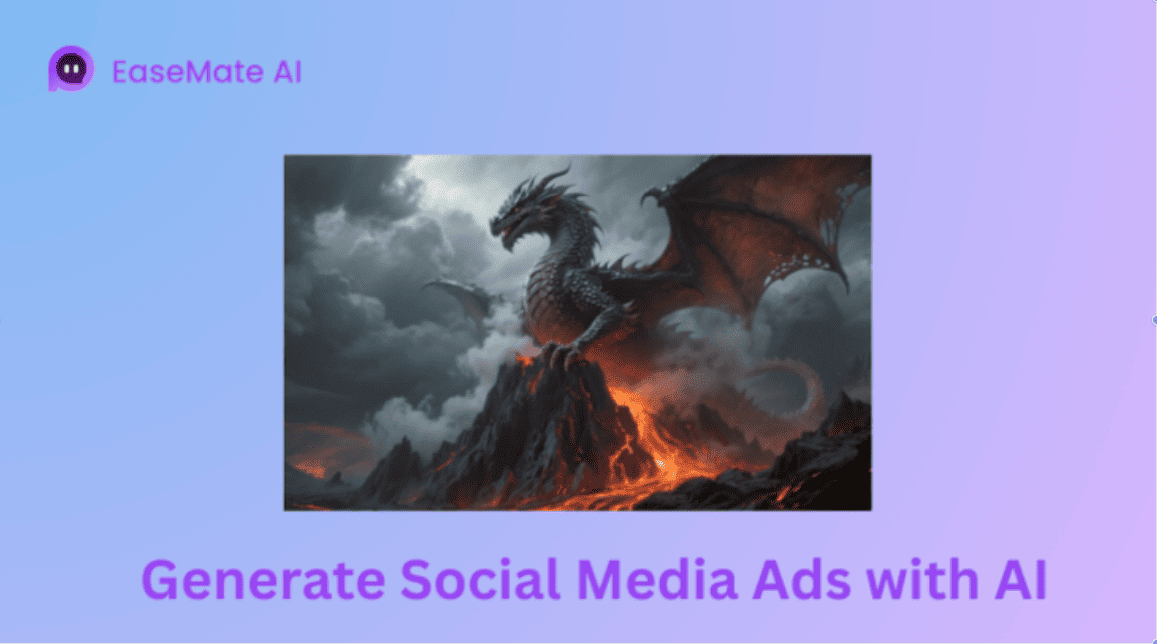Generative AI for Content Personalization
TL;DR
Understanding Generative AI and Personalization
Did you know that personalization can boost customer loyalty by, like, a lot? But how do we do it right? That's where generative ai comes in, promising a whole new level of tailored experiences, and it's more than just sticking someone's name on an email...
- Traditionally, personalization meant things like manual content curation and segmentation. It's a bit like sorting everyone into boxes, but people are more complicated than that.
- The old way has limitations; it struggles with real-time adaptation and doesn't scale well. Imagine trying to manually adjust every single customer's experience – ain't nobody got time for that!
- Generative ai offers a different approach. It can analyze tons of data to understand individual preferences and behaviors, creating unique experiences in real-time.
Generative ai is all about creating new stuff, from text to images. It differs from traditional personalization by dynamically generating content based on individual data.
Think about it like this: instead of showing everyone the same ad, ai can whip up a custom ad tailored to each person's interests. According to masterofcode.com, personalization is a major driver for generative ai adoption.
So, what's next? We'll dive into why this generative personalization thing actually matters and how it boosts engagement – and your bottom line!
Key Applications of Generative AI in Content Personalization
Generative ai isn't just a buzzword, it's changing how we personalize content, like, for real. So, ready to see where it's making the biggest splash?
Dynamic Content Generation: Generative ai can create slightly different versions of ads, emails, or website copy on the fly. For example, if a customer has shown interest in hiking gear, the ai might generate an ad featuring a new backpack with a mountain backdrop, while another customer interested in urban fashion might see an ad for a stylish jacket. The ai analyzes past interactions and preferences to craft these variations.
Tailored Product Recommendations: ai algorithms, powered by generative capabilities, can analyze vast amounts of customer data – purchase history, browsing behavior, even sentiment from reviews – to not just suggest products, but to explain why they're a good fit. For instance, an e-commerce site might use generative ai to create a personalized product description that highlights features relevant to a specific customer's stated needs or past purchases. Harvard's DCE notes that ai is shaping the future of marketing through these smarter recommendations.
AI-Driven A/B Testing: Generative ai takes A/B testing to the next level by not just testing pre-defined variations, but by generating new hypotheses and content variations based on initial performance. For example, if a standard ad isn't performing well, generative ai could create entirely new ad copy and imagery, informed by the data from the initial test, to explore different messaging angles. This speeds up the optimization process significantly.
AI-Powered Chatbots: These chatbots are getting good. They can understand customer queries and respond in a way that feels, well, almost human. They provide personalized responses based on customer history, making interactions smoother and more satisfying. No more generic scripts! Generative ai allows these bots to craft unique, context-aware answers rather than relying on canned responses. They can also enable proactive assistance and issue resolution by predicting potential problems based on user behavior and offering solutions before the customer even notices.
Product Gap Identification and Custom Offerings: Generative ai can analyze customer feedback, reviews, and social media conversations at scale to identify unmet needs or desires. It can then help in generating ideas for new product features or even entirely new product concepts that directly address these gaps. For example, if many customers are asking for a specific feature in a software product, generative ai could help design and describe that feature.
Predicting Future Product Trends: By analyzing market data, consumer sentiment, and emerging patterns, generative ai can help businesses anticipate future product demands and trends, allowing them to innovate and stay ahead of the curve.
Data-Driven Product Development and Trend Prediction
As generative ai evolves, so will its applications. This technology is becoming instrumental in how companies approach product development, moving towards a more data-informed and forward-thinking strategy.
Analyzing Customer Feedback for Insights: Generative ai can sift through massive amounts of unstructured data like customer reviews, social media comments, and support tickets. It can identify recurring themes, pain points, and feature requests that might be missed by manual analysis. This allows product teams to understand what customers truly want and need.
Generating Product Concepts and Prototypes: Based on the insights gathered from data analysis, generative ai can assist in brainstorming and even generating initial product concepts. This could involve creating mock-ups, writing descriptive product briefs, or even suggesting design elements. For instance, if data suggests a demand for eco-friendly packaging, ai could generate several design options for sustainable materials.
Predicting Market Shifts and Future Demand: By analyzing historical sales data, market trends, competitor activities, and even external factors like economic indicators or social media buzz, generative ai can forecast future demand for certain products or product categories. This helps businesses make strategic decisions about inventory, R&D investment, and market entry. For example, ai might predict a surge in demand for home fitness equipment based on current lifestyle trends and economic forecasts.
Optimizing Product Roadmaps: With a clearer understanding of customer needs and market trends, generative ai can help prioritize features and allocate resources more effectively. It can assist in building more robust product roadmaps that are aligned with both current demand and future opportunities.
This data-driven approach, amplified by generative ai, ensures that product development is not just reactive but proactive, leading to more successful and relevant offerings.
Overcoming Challenges and Ethical Considerations
Okay, so you're probably wondering what's the catch with all this ai personalization stuff, right? Well, it's not all sunshine and rainbows.
Data Privacy and Security: You gotta watch out for data privacy; think gdpr and ccpa. These regulations set the rules for how companies handle your data. Secure data handling is key, so make sure companies are using best practices for data storage and encryption. Transparency is also really important; users need to know what data is being collected and why, and they need to give their consent!
Bias in AI Models: Bias in ai models? yeah, it's a thing. We need to find it and fix it, pronto. Identifying bias often involves analyzing the training data for skewed representation and then evaluating the ai's outputs for discriminatory patterns across different demographic groups. For content personalization, this means ensuring that recommendations or generated content aren't unfairly favoring or excluding certain user segments. Mitigation strategies include using more diverse and representative datasets for training, implementing fairness-aware algorithms that actively try to reduce bias, and regularly auditing the ai's performance for equitable outcomes. Diverse datasets are a must; it means training models on a variety of info so it's not just learning from one perspective, you know?
Maintaining Brand Voice and Ethical Standards: Keeping that brand voice is super important. You don't want ai content sounding like a robot wrote it. Human oversight is needed to make sure ai-generated content aligns with the brand's values and ethical standards. This can be implemented through a multi-stage review process: initial ai generation, followed by review by a content strategist or editor who checks for tone, accuracy, and brand consistency. Establishing clear brand guidelines and ethical frameworks for the ai to follow, and providing feedback loops for the ai to learn from human corrections, are also crucial. It's about finding that sweet spot where ai helps, but doesn't squash creativity and innovation.
Alright, now that we've covered the challenges, let's dive into how you actually balance ai with human creativity.
Real-World Examples: Generative AI in Action
Generative ai isn't just for the big guys, you know? It's changing things across the board, from how you shop to how you learn.
In e-commerce, companies like Amazon use generative ai to craft personalized product descriptions and recommendations. They analyze your past purchases and browsing history to suggest items you're likely to love, and even generate email campaigns that feel uniquely tailored to your interests, all aimed at boosting customer lifetime value.
Media and entertainment giants like Netflix leverage generative ai to suggest movies and shows you'll actually wanna watch. Their recommendation engine learns your viewing habits and preferences to curate a personalized homepage, making your entertainment discovery more engaging.
Education is also getting a boost. Platforms like Duolingo use ai to adapt lessons to individual learning paces and styles, creating personalized learning paths that fit you. This helps to close educational gaps by providing tailored support.
So, how does this work in practice? Imagine a retailer like Sephora using ai to suggest makeup products based on your past purchases and even your skin tone, creating a truly personalized beauty experience.
These examples show how generative ai is making personalization more effective and impactful across various industries.





